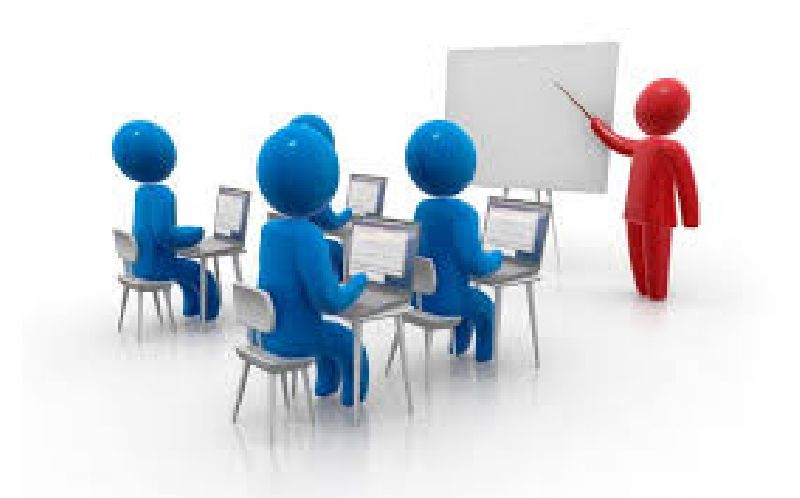
A Computer Teacher is responsible for educating students on computer literacy, information technology, and software skills. They design and deliver curriculum that covers topics such as typing, coding, digital safety, productivity tools, and basic hardware and software concepts.
Computer Literacy – Strong knowledge of hardware, software, operating systems, and troubleshooting.
Programming Languages – Familiarity with basic coding languages (e.g., HTML, CSS, JavaScript, Python, Scratch).
Software Proficiency – Expertise in MS Office (Word, Excel, PowerPoint), Google Workspace, and educational tools like Moodle or Google Classroom.
Typing and Data Entry – Ability to teach proper keyboarding techniques and data management.
Digital Safety & Cybersecurity – Understanding of safe internet practices and how to teach digital citizenship.
Multimedia Tools – Experience with audio/video editing tools, graphic design software, or educational games.
Lesson Planning – Ability to design engaging and age-appropriate computer lessons.
Classroom Management – Skill in maintaining a productive and disciplined learning environment.
Assessment & Evaluation – Ability to measure student performance through tests, projects, and assignments.
Differentiated Instruction – Adapting teaching methods to accommodate various learning styles and levels.
Communication – Clear verbal and written communication with students, parents, and colleagues.
Patience & Empathy – Supporting students who may struggle with technology or learning.
Problem-Solving – Quick thinking and adaptability when technical issues arise.
Organization – Keeping track of lesson materials, student work, and tech equipment.
Teamwork – Collaborating with other teachers and staff on cross-disciplinary projects.